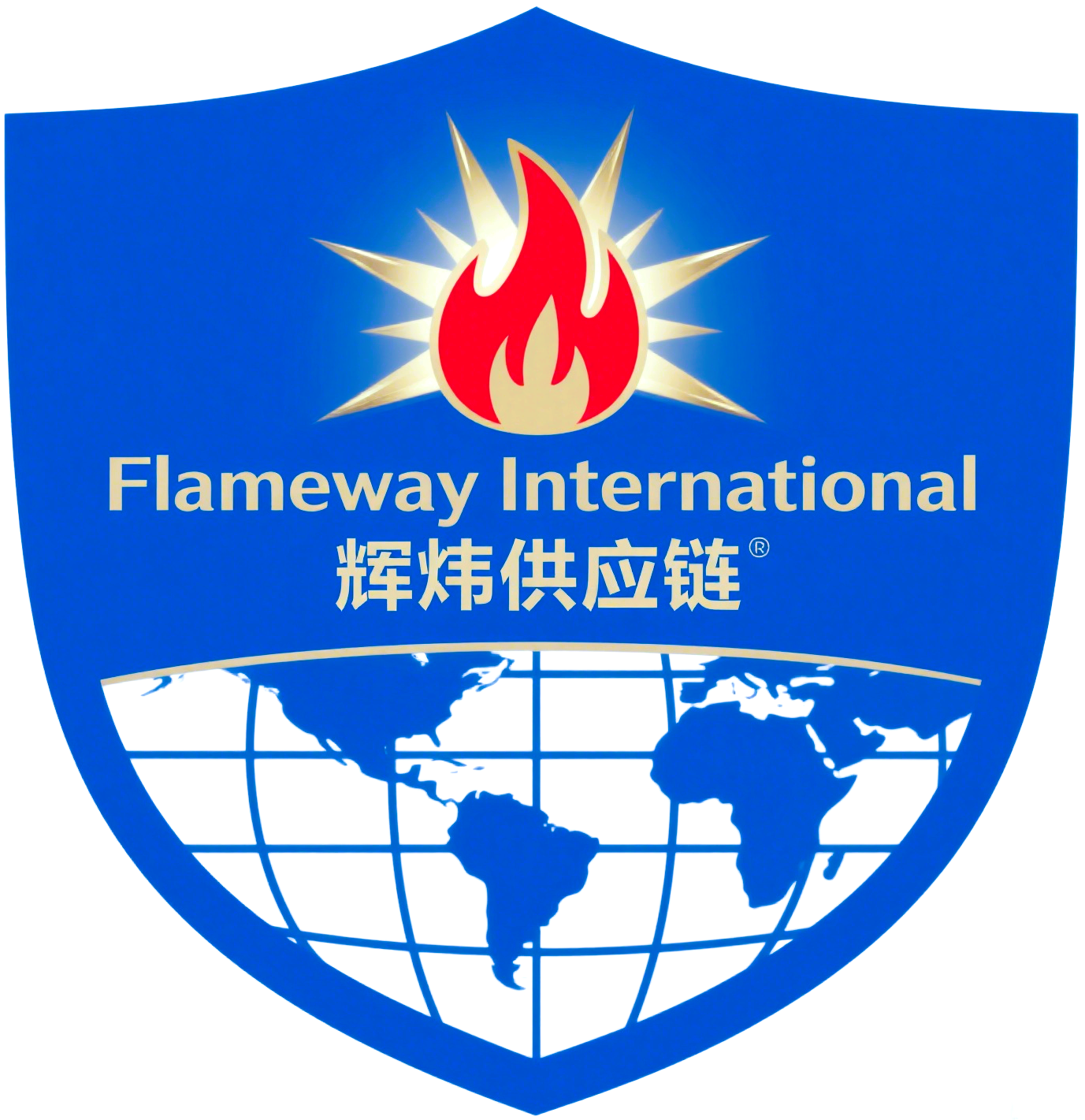2025 Global Energy Storage Market: Development and Outlook



Introduction
2025 marks a pivotal year for the global energy storage industry, as accelerating renewable energy integration, technological breakthroughs, and policy support drive unprecedented growth. Amid the transition toward low-carbon energy systems, the market witnesses a structural boom across utility-scale, residential, and commercial segments. According to CIConsulting, global utility-scale energy storage installations are projected to reach 205 GWh in 2025, surging 51% year-on-year, while the total global energy storage battery shipment is expected to hit 486 GWh with a 50% growth rate . This report dissects the market’s current landscape, regional dynamics, technological trends, and future prospects.
I. Regional Market Dynamics: Mature Markets Lead, Emerging Markets Surge
1. Traditional Powerhouses: China, U.S., and Europe
- China: As the world’s largest energy storage manufacturer, China maintains robust growth driven by policy incentives. The “Action Plan for High-Quality Development of New Energy Storage Manufacturing” issued in February 2025 emphasizes high-end product supply, targeting global competitive advantages by 2027 . By the end of 2024, China’s cumulative new energy storage installations reached 73.76 GW/168 GWh, 20 times that of the end of the 13th Five-Year Plan. The utility-scale segment remains dominant, with independent energy storage projects gaining momentum thanks to improved capacity pricing mechanisms, projected to reach 113 GWh in 2025 (+28% YoY) .
- United States: A “rush installation” wave sweeps the U.S. market, fueled by strong policy backing. The U.S. Energy Information Administration (EIA) reports 457 planned utility-scale battery projects totaling 60.99 GW, with 205 set to operate in 2025 . New installations hit 11.46 GW/31.23 GWh in 2024 (+54% YoY), and are expected to grow 41% to 40 GWh in 2025 . However, trade barriers—such as 114.9% tariffs on Chinese lithium-ion batteries and the newly passed “Battery Decoupling Act”—reshape supply chains .
- Europe: After 2024’s inventory digestion and inflation easing, the European market rebounds strongly. Supported by EU interest rate cuts and tax incentives, 2025 installations are forecast to reach 28.7 GWh (+28% YoY), with utility-scale and commercial storage becoming key growth drivers . The region’s mature profit models and stable policies further boost investor confidence.
2. Emerging Markets: The New Growth Engine
The Middle East, Southeast Asia, and Africa emerge as the fastest-growing regions. Saudi Arabia’s “Vision 2030” and the UAE’s “2050 Renewable Energy Strategy” drive massive utility-scale projects, with the Middle East poised to become the fourth-largest installation region globally—Saudi alone expects 50-60 GWh project tenders in 2025 . Southeast Asia benefits from weak power grids and rising electricity prices, while Africa’s untapped solar resources (less than 10% PV penetration) create huge demand for storage solutions . Overall, emerging markets’ utility-scale installations are projected to soar 221% to 34 GWh in 2025 .
II. Technology Innovation: Diversification and Intelligence
1. Battery Technology Diversification
Lithium-ion batteries remain dominant, but alternative technologies gain traction:
- Sodium-ion Batteries: With abundant resources, low cost, and high safety, China’s sodium-ion battery production is expected to reach 6.49 GWh in 2025, with polyanion-type products exceeding 3 GWh .
- Solid-State Batteries: Demonstration projects by Huanling Group and Judian New Energy advance, but mass commercialization awaits breakthroughs in ion transport and solid-solid interface technologies .
- Large-Capacity Cells: 500Ah+ cells become mainstream, enhancing system integration efficiency and driving utility-scale storage expansion .
2. AI-Energy Storage Synergy
Artificial intelligence (AI) and energy storage form a mutually reinforcing relationship. As Elon Musk noted, AI will shift from “chip scarcity” to “power scarcity” in 2025, boosting demand for solar-storage systems . Conversely, AI optimizes battery material design (accelerating energy density improvements) and enables real-time safety monitoring, extending battery lifespan by predicting performance degradation .
III. Industrial Chain: Concentration and Global Competition
1. Segmented Market Patterns
- Cells: Concentration rises, with CATL leading 33% of the global market and 60% of overseas shipments. Second-tier players like EVE Energy expand rapidly, while CATL and BYD extend into system integration .
- PCS (Power Conversion Systems): Utility-scale PCS markets are dominated by leaders like Sungrow, which targets 40-50 GWh global utility-scale system shipments in 2025 (+80% YoY) . Residential PCS relies on channel strength, with Deye securing high shares in emerging markets .
- Systems: Price and profit divergence widens—Europe, the U.S., and Australia maintain system prices above
0.03-0.04/Wh), while competition in Asia-Africa-Latin America pushes prices to
0.01/Wh) .
2. Global Supply Chain Reshaping
Trade protectionism forces supply chain adjustments. The U.S. and EU’s new rules on critical materials and carbon footprints raise export barriers for Chinese enterprises . In response, Chinese firms adopt “localization strategies,” such as joint ventures in the Middle East and technology cooperation in Southeast Asia, to build stable overseas networks .
IV. Challenges on the Horizon
- Trade Barriers: Tariffs and procurement bans (e.g., U.S. restrictions on 6 Chinese battery firms) disrupt global trade flows .
- Raw Material Risks: Fluctuations in lithium, cobalt, and nickel prices threaten cost stability.
- Technical Bottlenecks: Solid-state batteries and long-duration storage still face scalability hurdles.
V. Outlook: Towards a Decarbonized Future
The global energy storage market is set to maintain a 35% CAGR, exceeding 750 GWh by 2026 . Three trends will define its trajectory:
- Segmented Growth: Utility-scale storage leads with grid integration needs; residential storage rebounds in Europe and surges in Australia (driven by $1.5 billion subsidies); commercial storage grows 62% to 16.6 GWh amid peak-valley price gaps .
- Technology Leap: AI-driven smart storage and low-cost sodium-ion batteries will democratize clean energy access.
- Geopolitical Adaptation: Companies will prioritize regional supply chains and compliance with local regulations (e.g., EU carbon footprint standards) to mitigate risks.
As the linchpin of the energy transition, energy storage will not only power homes and industries but also accelerate the world’s journey toward net-zero emissions.

